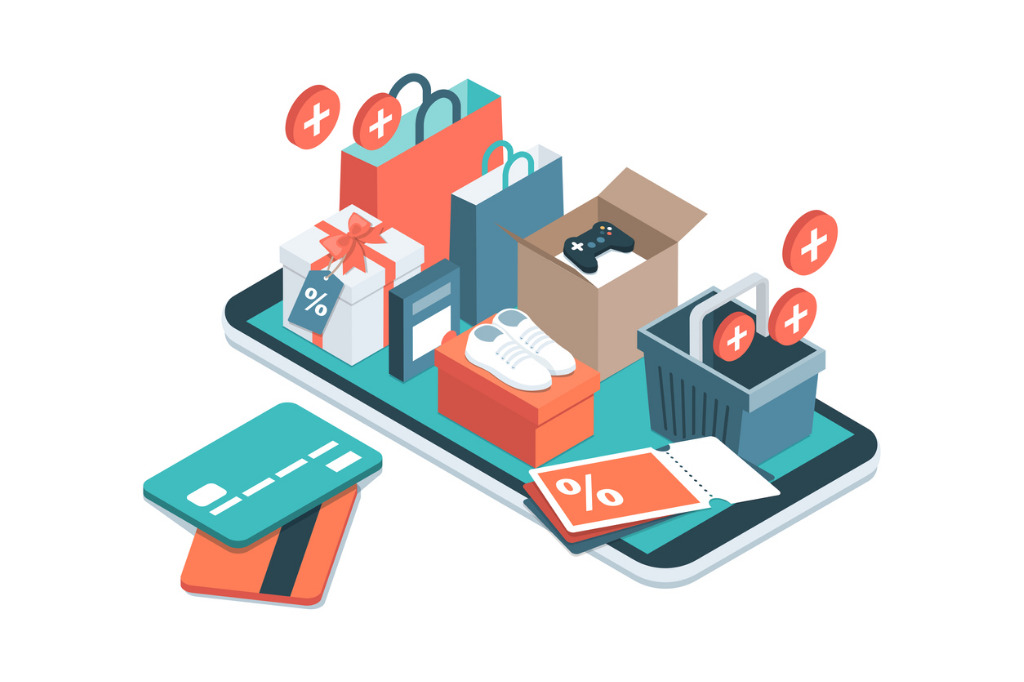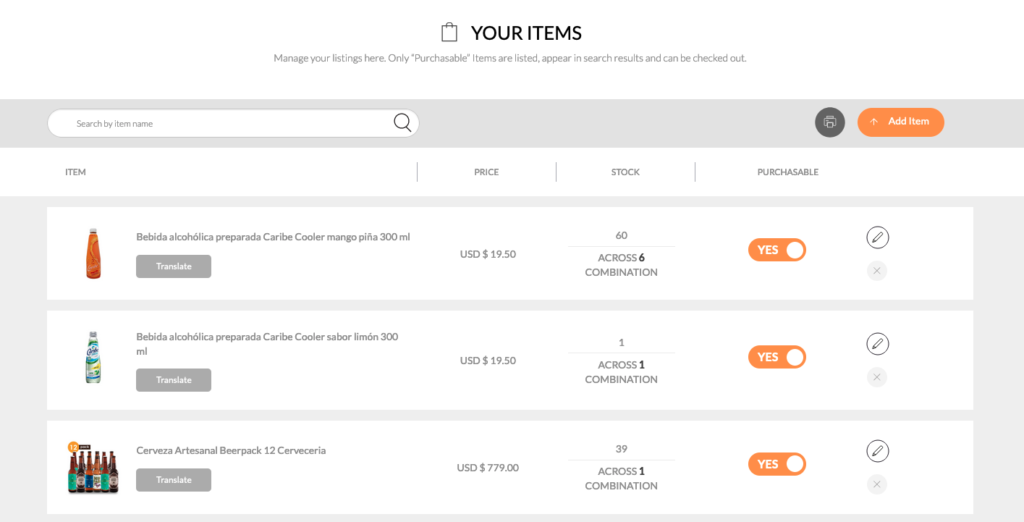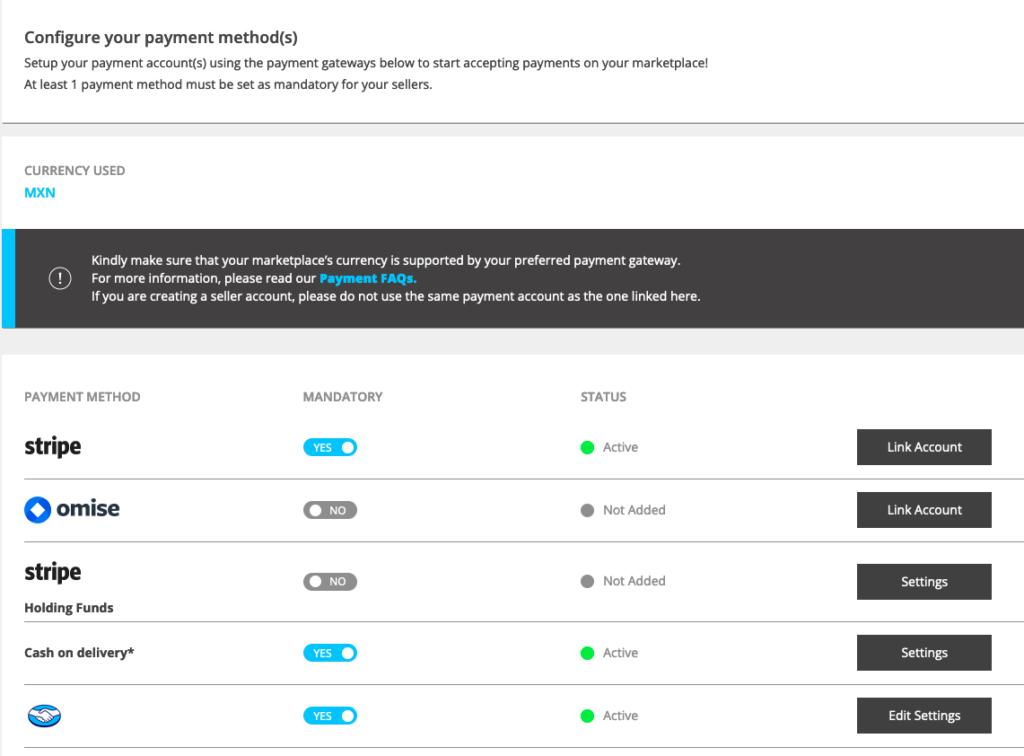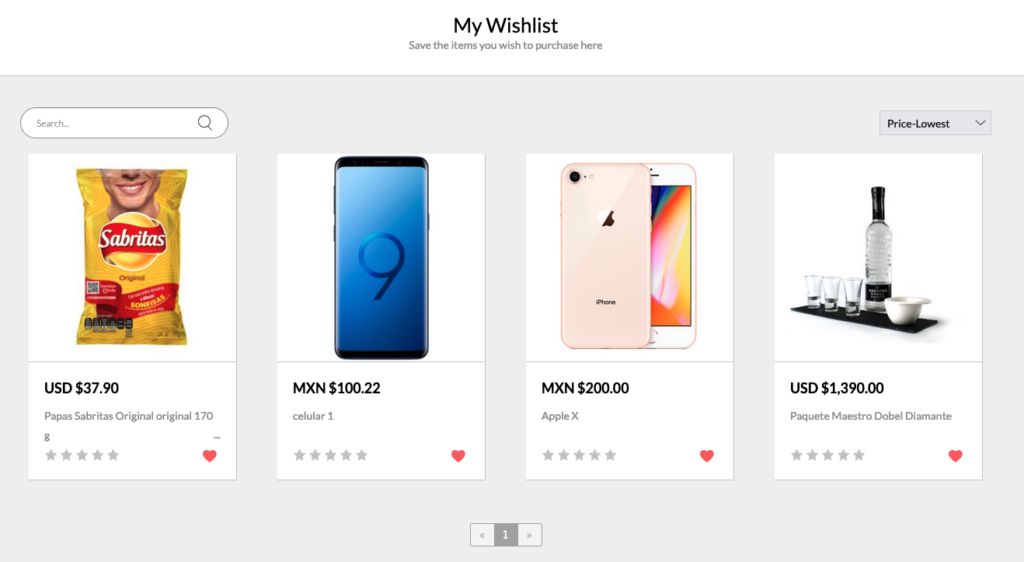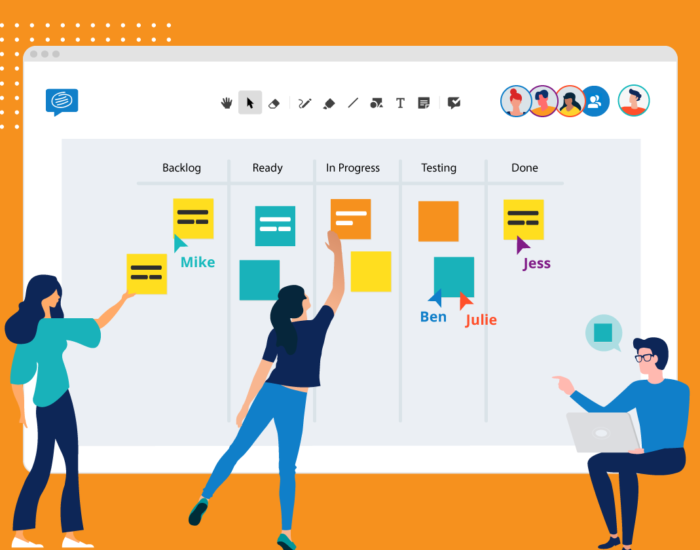- Dedicated Teams
- Specialized Services
Software Development Services
With our engineering warriors and flexible engagement models, take all your software projects to the next level.
Engagement
Local software development committed to your business vision.
Agile and cost-effective development solutions
with geographically close teams.An intelligent blend of local and external
resources to maximize efficiency and quality. - Customer Stories

Learn how other customers similar to you, have benefited from parthnering with us to co-create their digital transformation journey
- Join Towa
- About Us
- Dedicated Teams
- Specialized Services
Software Development Services
With our engineering warriors and flexible engagement models, take all your software projects to the next level.
Engagement
Local software development committed to your business vision.
Agile and cost-effective development solutions
with geographically close teams.An intelligent blend of local and external
resources to maximize efficiency and quality. - Customer Stories

Learn how other customers similar to you, have benefited from parthnering with us to co-create their digital transformation journey
- Join Towa
- About Us


